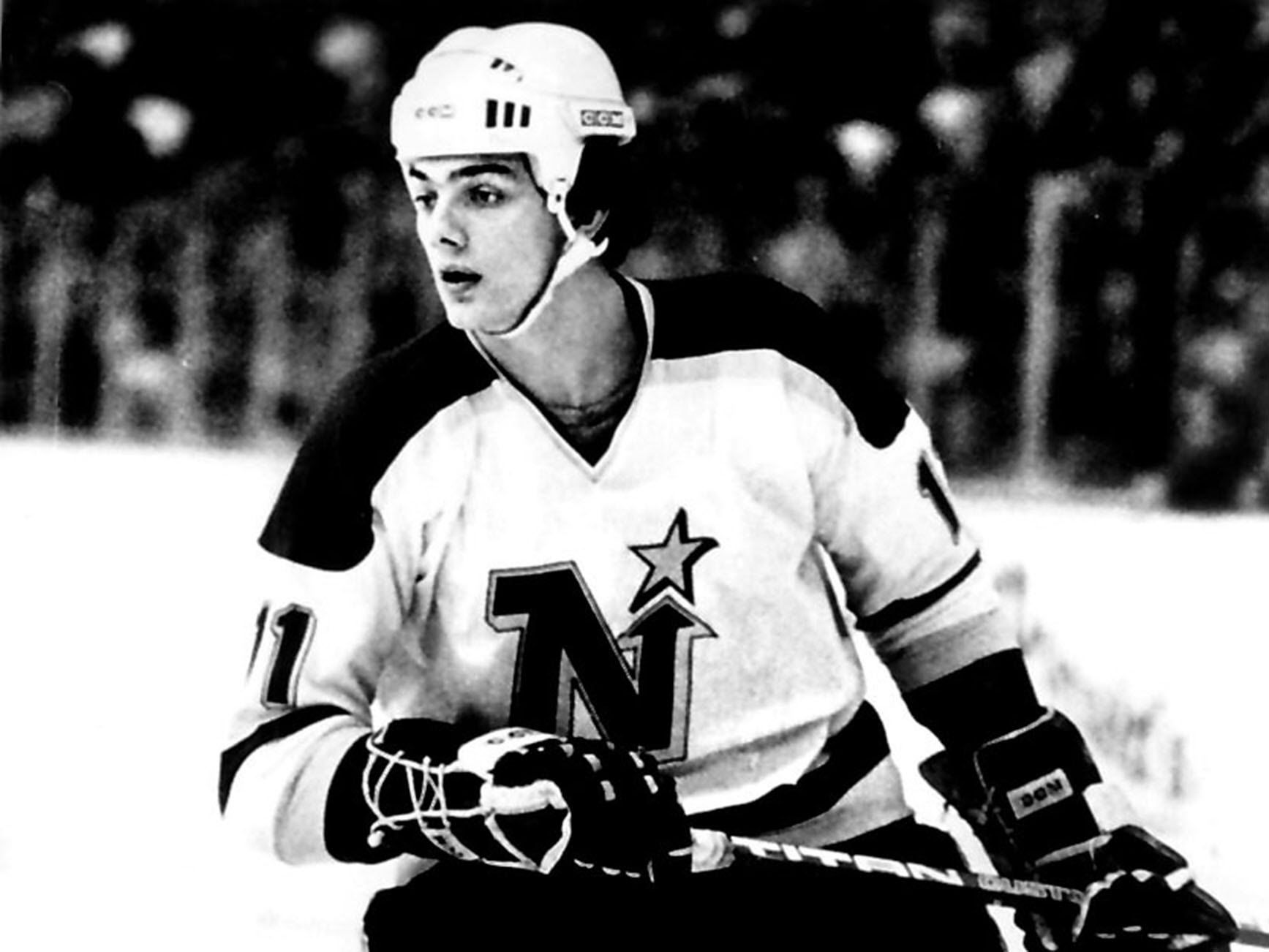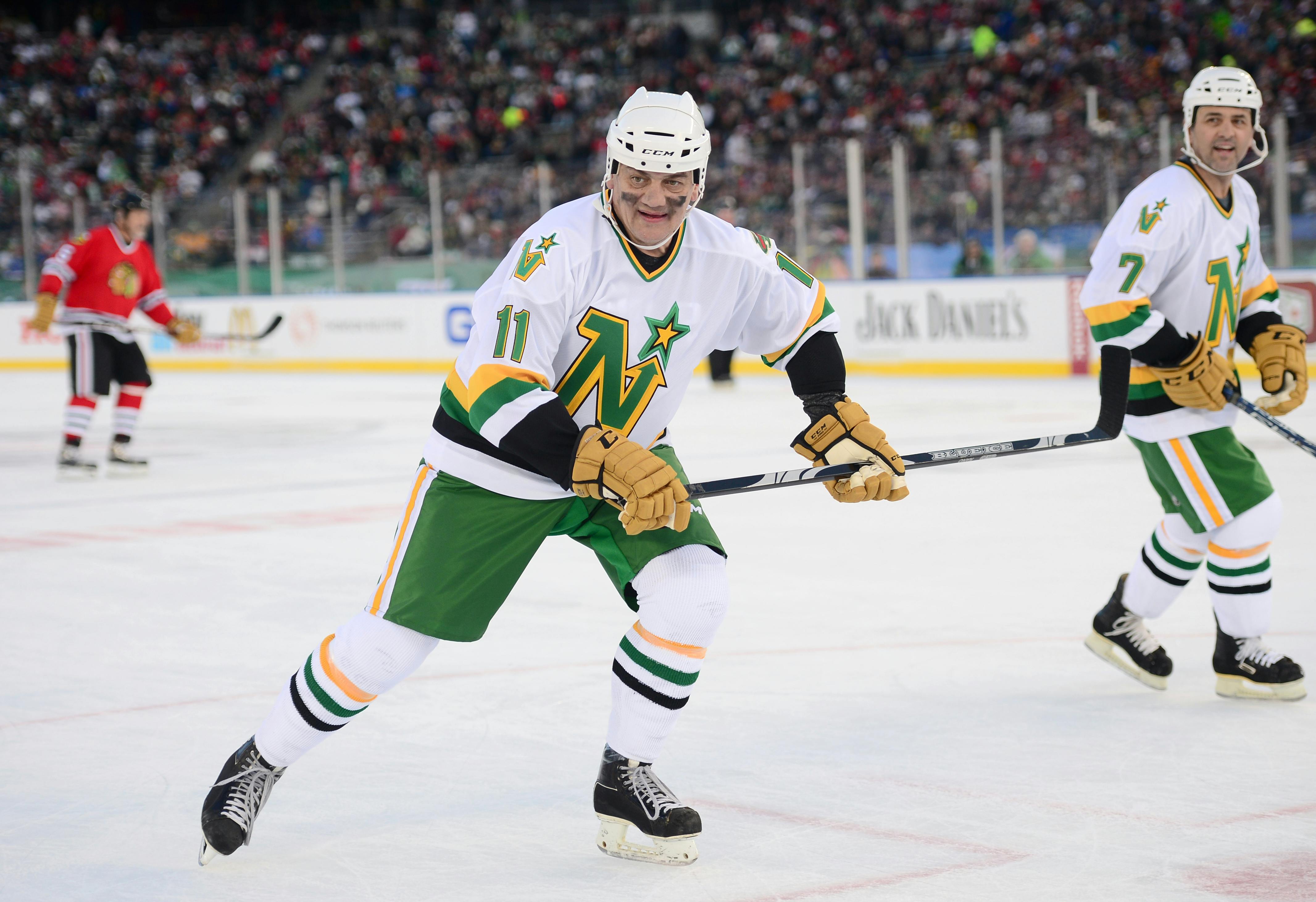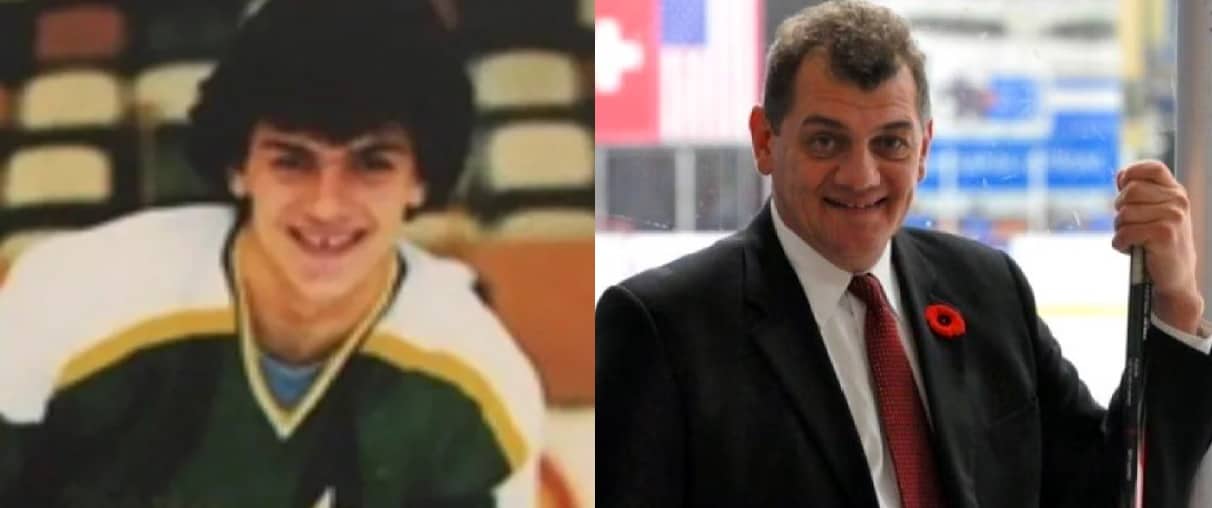His low point, years in a federal prison, was in sharp contrast to where he began, selected ahead of Wayne Gretzky as the No. 1 pick in the 1977 OHL draft.

www.bostonglobe.com
Harry Sinden swung a couple of big deals as general manager in the summer of 1986 after the Bruins were rubbed out in three straight (again!) by the Canadiens in Round 1 of the playoffs. Losing to the Habs in the first round became the Black-and-Gold franchise’s rite of spring in the mid-’80s.
The summer of ‘86 swaps were old-world hockey deals. Assets in. Assets out. New nameplates stamped for the backs of sweaters. This was some 20 years before the salary cap and no-move/no-trade clauses made hockey trades more intricate to pull off than spiriting priceless
objets d’art out the back door of the Gardner Museum in the dead of night.
The biggest of Sinden’s deals came June 6, his acquisition of a rawboned
Cam Neely from Vancouver that reset the franchise. If only every GM could have a Neely-like heist on his CV.
Neely, who turned 21 that same day, went on to score 344 goals for the Bruins en route to compiling his Hall of Fame career. Today, at age 56, he has been the club’s president for nearly a dozen years.
Three weeks before that monumental swap, Sinden sent a pair of draft picks to the North Stars to acquire
Tommy McCarthy, then age 25. Strong and energetic, McCarthy already had seven years of NHL experience (including a 39-goal season) with the North Stars. He lasted in Boston for little more than a season, connecting for 30 goals his first season on Causeway Street.
On Wednesday, McCarthy died of a heart-related aneurysm while in Puerto Vallarta, Mexico. He was 61.
Fun-loving, a bit goofy, it was virtually impossible to dislike McCarthy, as it is a tail-wagging Great Dane that turns a family room into a Hazmat site. He was full of smiles, good words, energy, moves, and talent. The spark in his personality stood out, even in the day when NHL dressing rooms were chock full of characters not afraid to go off team script, willing to repeat something other than clichés and team-screened party lines.
Post-Boston, there were some very difficult years for McCarthy, beginning not long after his NHL days came to an end after only seven games with the Black and Gold in 1987-88.
“It really started when I stopped dreaming,” he told CBC reporter
Scott Morrison years later, reflecting on some of the poor choices he made.
At his lowest, McCarthy recalled, his mind-set became, “I had my chance, my life is over . . . ”
His thinking wasn’t hard to comprehend. His low point, which arrived during years behind bars in a federal lockup, was in sharp contrast to where he began his hockey journey, selected ahead of
Wayne Gretzky as the No. 1 pick in the 1977 OHL Draft.
But McCarthy eventually turned his life around, starting on an unconventional hockey surface that he created in Leavenworth, Kan., while serving out a 10-year sentence for a conspiracy to traffic a truckload of marijuana from California to Minnesota. Today, given where drug legislation has gone, such hand-on-the-wheel initiative might have made McCarthy a candidate for marijuana entrepreneur of the year.
But in the 1990s, it meant hard time in a notorious federal pen, a place for murderers, bank robbers, and a goofy, naïve truck driver who’d made some bad friends, and worse decisions, when his playing days came to an end.
Thanks in part to a hockey-loving Leavenworth warden who grew up in Cornwall, Ontario, McCarthy was granted the go-ahead to create a ball hockey program inside the prison walls. Saturday morning clinics led by McCarthy were followed eventually by weekly games — including some that pitted prisoners against guards — and it was during his years guiding that program that McCarthy set coaching as his new career goal.
A reminder about our goals and passions: Sometimes they find us, even at times when it feels our lives are lost.
“There’s a positive to every negative in life,” McCarthy said in the 2008 CBC report, some 10 years into coaching lower-tier junior hockey in Ontario. “When you believe it, it will carry you out of anything.”
Along the way, McCarthy said in a recent interview, he redefined his idea of wealth, having learned to value relationships with players, friends, and family above everyday assets such as homes, cars, boats, jewelry, and money.
“The most precious gift we can offer others,” he said, “is our time.”





